
Digital music technology encompasses the use of digital instruments to produce, perform or record music. These instruments vary, including computers, electronic effects units, software, and digital audio equipment. Digital music technology is used in performance, playback, recording, composition, mixing, analysis and editing of music, by professions in all parts of the music industry.
A music workstation is an electronic musical instrument providing the facilities of:
Susumu Hirasawa is a Japanese musician and composer. He is well known for his work for the films of director Satoshi Kon and the animated adaptations of the Berserk manga series, alongside his work as a solo artist.
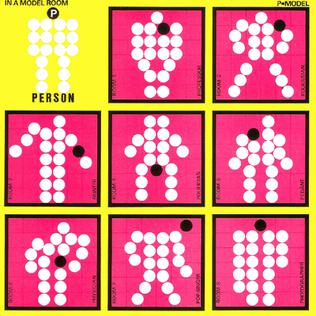
In a Model Room is the debut album of Japanese band P-Model. It was an electronic pop album, released in 1979 under the label, Warner Bros.
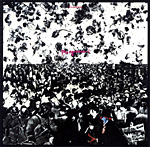
Potpourri is the third album of Japanese band P-Model.
A.R.T. Studios was the private music studio of music producer Michael Cretu, located in his mansion in the hills of Ibiza, Spain. In May 2009 the mansion together with the studio were demolished. The studio itself was used by Cretu until 2005, when he moved to a mobile computerized system "Alchemist" and from 2010 a new system named "Merlin".

Aurora is Susumu Hirasawa's fourth solo album.

Technique of Relief is the seventh solo album by Susumu Hirasawa.
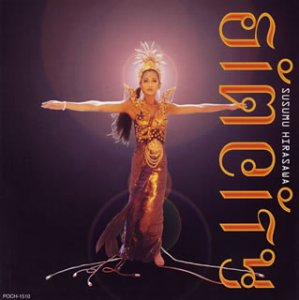
Sim City is a 1995 album by Japanese musician and composer Susumu Hirasawa. It is his fifth solo album.
The Roland MKS-80 Super Jupiter is a rack mount sound module version of the Roland Jupiter-6 and the Roland Jupiter-8 synthesizers. It is an 8-voice polyphonic analog synthesizer that was manufactured by Roland between 1984 and 1987. It is the only one of the MKS series of synthesizers to have analogue voltage-controlled oscillators (VCOs) instead of analogue digitally-controlled oscillators (DCOs). The voice architecture is almost identical to the Jupiter-6 synthesizer. The service manual states that "The module board of MKS-80 features the following in addition to that of JP-6, its brother module. 1) HPF. 2) Low boost circuit in the 2nd VCA. 3) DC supply current boost circuit (IC50)."

Water in Time and Space is Susumu Hirasawa's first solo album.

One Pattern is a 1986 album by P-Model and the last before the band's hiatus in 1988.

Siren is the sixth solo album by Susumu Hirasawa.
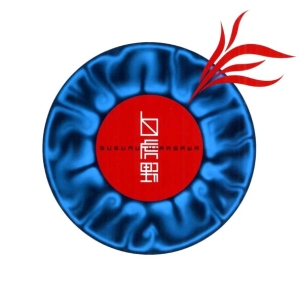
White Tiger Field is the tenth solo album by Susumu Hirasawa. The album's name is taken from the Bạch Hổ or White Tiger oil field in Vietnam.

Archetype | 1989–1995 Polydor years of Hirasawa is Susumu Hirasawa's fourth compilation album.

Phonon 2555 Vision is a live video album by Susumu Hirasawa. It contains recordings of the Phonon 2555 shows from 2012, part of the "Phonon" series of Hirasawa concerts. The number on the title represents the year of the performance on the Thai solar calendar.

Fune is the tenth studio album by P-Model and the first by its "revised" lineup.
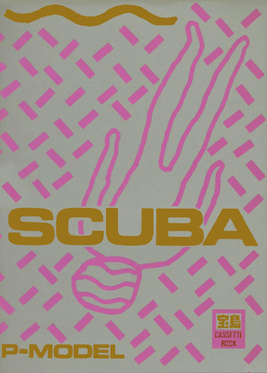
Scuba is an album by the Japanese new wave band P-Model. It is different from other P-Model albums in that it was made almost entirely made by guitarist Susumu Hirasawa alone and for its original issue in the cassette book format: the album was packaged with an 84-page booklet that contained techniques to induce rapid eye movement sleep and hypnosis, the lyric story expanded Scuba Monogatari, photos of the involved band members in a coastal area that illustrated the stories, and an interview with The Stalin vocalist Michiro Endo.

Electronic Tragedy: Enola, stylized as Electronic Tragedy/〜ENOLA, is the eleventh studio album by P-Model and the second by its "revised" lineup.















